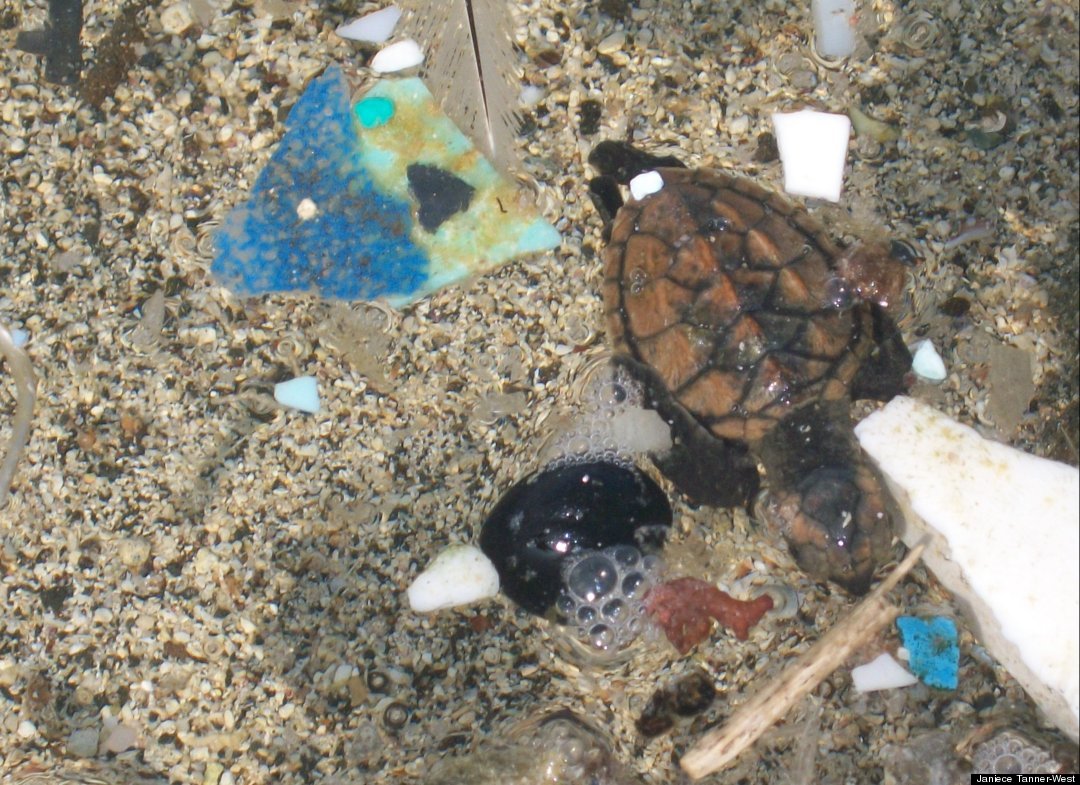It took only a dozen years for humanity to add another billion people to the planet, reaching the milestone of 7 billion Monday ? give or take a few months.
Demographers at the United Nations Population Division set Oct. 31, 2011, as the "symbolic" date for hitting 7 billion, while acknowledging that it's impossible to know for sure the specific time or day. Using slightly different calculations, the U.S. Census Bureau estimates the 7-billion threshold will not be reached until March.
Under any methodology, demographers agree that humanity remains on a steep growth curve, which is likely to keep climbing through the rest of this century. The U.N.'s best estimate is that population will march past 9.3 billion by 2050 and exceed 10.1 billion by the end of the century. It could be far more, if birthrates do not continue to drop as they have in the last half-century.
Nearly all the projected growth this century is expected to occur in developing countries in Asia, Africa and Latin America, while the combined populations in Europe, North America and other wealthy industrialized nations will remain relatively flat. Some countries, such as Germany, Russia and Japan, are poised to edge downward, their loss made up mostly by ongoing growth in the United States, which is bolstered by waves of immigrants.
The buildup to Monday's milestone has briefly turned up the flame on long-simmering debates about growth on a finite planet: Whether a growing population or growing consumption remains the biggest environmental challenge, how best to help lift a billion people out of poverty and misery, whether governments should provide contraception for those who cannot afford it.
The new leader of the United Nations Population Fund, Dr. Babatunde Osotimehin, a Nigerian obstetrician-gynecologist, stepped gingerly into the fray. His agency remains a favorite punching bag of antiabortion activists in the United States for its role in supporting family planning clinics in developing countries.
"Instead of asking questions like, 'Are we too many?' we should instead be asking, 'What can I do to make our world better?' " wrote Osotimehin in the annual State of the World Population report. The report chronicles disparities between rich nations and poor ones. Poor countries continue to have low education levels and startlingly high rates of teenage pregnancy and maternal and child deaths due to complications from childbirth.
"In many parts of the developing world, where population growth is outpacing economic growth, the need for reproductive health services, especially family planning, remains great," Osotimehin concluded.
Some have used the occasion to celebrate the unrivaled success of the human species. Population grows when births exceed deaths. The 7-billion mark was reached because people are living longer and the number of infant deaths has dropped, because of a more secure food supply and because of advances in sanitation and medicine.
U.N. Secretary-General Ban Ki-moon will hold a news conference Monday to mark the date and talk about challenges ahead, particularly how to reduce poverty, invest in the world's 1.8 billion youth and help countries develop in a sustainable way.
In 1999, his predecessor, Kofi Annan, designated a boy born to refugee parents in Sarajevo, Bosnia-Herzegovina, as Baby 6 Billion. He had been plucked from the hundreds of thousands of babies born that day to put a face on global population growth. Adnan Mevic, now 12, has become something of a celebrity.
None of the estimated 382,000 babies born Monday will have such an honor.
There is no word yet on how the United Nations will handle the next milestone, when the globe's population hits 8 billion ? about 14 years from now.
ken.weiss@latimes.com
apple event buccaneers buccaneers bernanke bernanke tampa bay buccaneers meredith kercher
 If you have trick-or-treaters in the house or tend to over-prepare for visiting ones, chances are you'll have some candy bars left over next week. How long are they good for? Slate tackles this question and more about old chocolate.
If you have trick-or-treaters in the house or tend to over-prepare for visiting ones, chances are you'll have some candy bars left over next week. How long are they good for? Slate tackles this question and more about old chocolate. 
 '; var coords = [-5, -72]; // display fb-bubble FloatingPrompt.embed(this, html, undefined, 'top', {fp_intersects:1, timeout_remove:2000,ignore_arrow: true, width:236, add_xy:coords, class_name: 'clear-overlay'}); });
'; var coords = [-5, -72]; // display fb-bubble FloatingPrompt.embed(this, html, undefined, 'top', {fp_intersects:1, timeout_remove:2000,ignore_arrow: true, width:236, add_xy:coords, class_name: 'clear-overlay'}); });






 After all the?posturing?by states to hold their primaries and caucus early so that it can benefit Mitt Romney, Nevada has decided move its caucus date back to February 4th, from January 17th, 2012. If Nevada would have left their January caucus date, they would have lost delegates as a ?penalty? for violating GOP rules.
After all the?posturing?by states to hold their primaries and caucus early so that it can benefit Mitt Romney, Nevada has decided move its caucus date back to February 4th, from January 17th, 2012. If Nevada would have left their January caucus date, they would have lost delegates as a ?penalty? for violating GOP rules.
